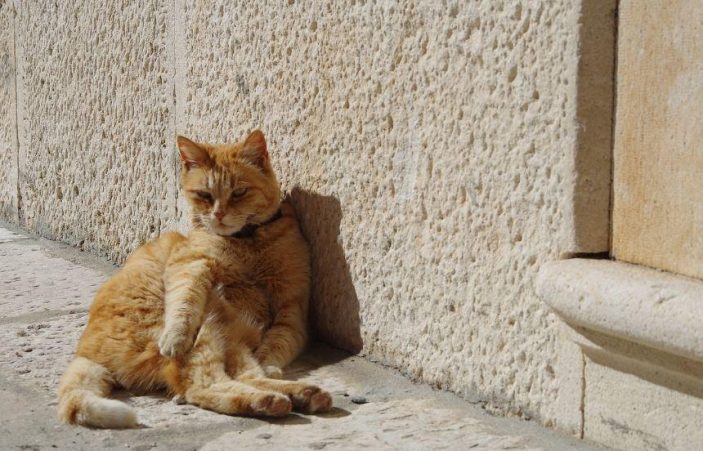Vitamin D is one of the fat-soluble vitamins required by your cat for optimal health. It is normally stored in the liver and fat tissues with the most common type being ergocalciferol or D2 and cholecalciferol or D3.
Naturally, it occurs in some foods. However, it can be provided as supplements or be synthesized by the skin of some animals with the help of UV light from the sun.
Unfortunately, according to the Journal of Feline Medicine and Surgery Open Reports, “in contrast to humans, cats do not synthesize vitamin D in their skin in response to sunlight.” Therefore, it can only be obtained in foods that contain it or supplemented in your pet’s food.
Before we look at the various functions it has in a cat’s body, it is important to emphasis on the fact that high vitamin D doses are poisonous and must be avoided.

Functions or roles in felines
Why do cats need vitamin D, what roles does it play or why must be it be provided in their diets or supplemented in their feeds?
First, it regulates the absorption of calcium and phosphorous into their bodies – in their gut and reabsorption in their kidney – and influences their balance. Cats need calcium and phosphorus as well as other minerals and this vitamin helps in maintaining mineral status including calcium.
Secondly, as PetMD.com notes, it aids in “bone formation and nerve and muscle control.” This means that it will promote your feline friends’ skeletal formation as well as help in proper functioning of nerves, and control of muscles including the heart.
Finally, since it is involved in calcium absorption, it helps in ensuring your pet has strong bones, teeth and so on.
Required amounts
The recommended amount of vitamin D according to the Association of American Feed Control Officials (AAFCO) is 500 IU in every kilogram of cat food for adult ones while those nursing or growing can have foods with 750 IU/kg daily. However, the maximum amount consumed should not excess 10,000 IU/kg a day. [1]
Some of its common food sources include fish, egg yolks and liver. You can also go for cat foods that have been supplemented with it.
Ask your vet to guide on you the right amounts in case you are not certain. Also, go for reputed pet food manufacturers as some might not be indicating the various nutrient contents accurately.
Deficiency effects and symptoms
To begin with, according to the National Animal Supplement Council, since it plays a vital role in nerve and muscle control, “insufficient Vitamin D levels can lead to congestive heart failure.” Furthermore, this pet is also likely to suffer from complications that might arise from heart diseases.
Secondly, bone softening (osteomalacia) and rickets may arise in case its deficiency in cat’s diets. Also, their skeletal may develop abnormally.
Finally, “progressive paralysis, ataxia, lack of grooming, reduction in body weight and food intake” may be noted in case your cat does not have enough amounts, warns the National Research Council of the National Academies.
Effects of excessive amounts
Whereas we have seen how important this vitamin is, you should not be tempted into giving your pet too much as it will cause hypervitaminosis D.
This poisoning will have various symptoms including increased urination and thirst, depression, loss of appetite, diarrhea, vomiting, seizures, among others. Our discussion on vitamin D toxicity should give you more insight on treatment, diagnosis and much more.
Finally, although a less common cause, excess amounts can also lead to hypercalcemia (excessive amounts of calcium in the blood). However, the common causes of hypercalcemia are neoplasia and kidney disease.
